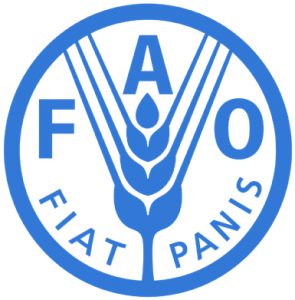 28 Mar 2023
28 Mar 2023
Extension of the Russia-Ukraine agreement on grain exports gives the commodity market a little of relief.
Russia’s invasion of Ukraine in February 2022 had immediate repercussions on the international agricultural commodity market. The interruption of marketing channels altered the availability of raw materials of agricultural origin, causing a spike in international prices. Both countries are major players in the agricultural market, with a 30% representation over global wheat exports for example.

According to FAO, nearly 400 million people from 82 different countries around the world are under severe food insecurity. The lingering fear that this crisis deepens even more due to the ongoing war,has led the UN to take action: After 2 months of negotiations, in the city of Istanbul, representatives from Russia and the Ukraine have signed an agreement to restore grain and fertilizer trade through the Black Sea. Both countries have pledged to respect the sea corridors for grain and fertilizer trade, excluding them from any type of military action.
The initial agreement expired on November 17, 2022, and was renewed without major complications until March 17 of this year. Uncertainty began to grow weeks prior to the second expiration date, due to unofficial versions which speculated that Russia would not renew the agreement. The main explanation for this assumption is that Moscow considers that the agreement prioritizes commercial routes that are in the interest of the Ukraine, while leaving those of their interest in the background.
However, thanks to the mediation of Rebeca Grynspan on behalf of the United Nations Agency for Trade and Development, the agreement was finally extended. Nonetheless, details regarding its new duration are still unknown. Ukrainian sources claim that the extension will be for 120 days, while on the Russian side they speak about 60d.
“The Black Sea Grain Initiative, signed in Istanbul on July 22, 2022, has been extended,” confirmed the spokesman for the UN secretary-general.
The United Nations indicated that thanks to the 8 month agreement, 23 million tons of grains could be exported. From which 55%, was destined to developing countries.
Currently, international grain prices are returning to pre-war values. According to analysts, the aforementioned agreement is partly responsible for this phenomenon.

You may also be interested in: “Brazil could overtake the U.S. as the world’s top corn exporter”
Subscribe now to the technical magazine of animal nutrition
AUTHORS

Nutritional Interventions to Improve Fertility in Male Broiler Breeders
Edgar Oviedo
The Use of Organic Acids in Poultry: A Natural Path to Health and Productivity
M. Naeem
Synergistic Benefits of Prebiotics and Probiotics in Poultry, Swine, and Cattle
Gustavo Adolfo Quintana-Ospina
Hybrid Rye Potential in Laying Hen Feed Rations
Gwendolyn Jones
A day in the life of phosphorus in pigs: Part I
Rafael Duran Giménez-Rico
Use of enzymes in diets for ruminants
Braulio de la Calle Campos
Minerals and Hoof Health in the Pregnant Sow
Juan Gabriel Espino
Impact of Oxidized Fats on Swine Reproduction and Offspring
Maria Alejandra Perez Alvarado